RETRO – Imagine a world where FPS games were all about superficial shooting. The release of Half-Life in 1998 changed all that. An adventure that began in the depths of a science lab, it opened up new dimensions not only with its action, but also with its storytelling. Players had to use their wits as well as their weapons to survive.
The creation and development of Valve is an interesting story in itself. In 1996, two Microsoft employees, Gabe Newell and Mike Harrington, decided to strike out on their own. Their goal was to create a game that would take the gaming experience to a new level. At the time, most FPS games, such as Doom, Quake or Duke Nukem, focused on fast action and intense shooting. Valve, on the other hand, envisioned a game where story and character were just as important as combat.
Development Challenges and the Road to Success
The developers started with the concept of a horror FPS game, licensing the Quake and Quake II engines from id Software and combining their own code with it. Inspirations for Half-Life included the games Doom and Quake, Stephen King’s novel “The Mist”, and “The Borderland”, a 1963 episode of “The Outer Limits”. The original name of the project was “Quiver”, referring to the setting of one of Stephen King’s novels, and was later renamed “Half-Life”, which was expressive of the theme and featured a clear visual symbol, the lambda sign.
It was not easy for Valve to find a publisher, as many considered the project too ambitious for a first-time developer. Eventually, Sierra On-Line came on board, interested in a 3D action game, especially one based on the Quake engine. Half-Life was originally scheduled for release in November 1997, but the team felt the game lacked fun and cohesiveness. They decided to delay the release and redesign all the levels. They assigned a small team to create a prototype level that contained all the elements of the game, and iterated on this level for a month. The team came up with three theories about what makes a level fun: interesting events happen at a pace determined by the player, the level reacts to every action the player takes, and the level warns the player of impending danger.
Valve set up a group called the “Cabal”, consisting of six people from different departments who worked together six hours a day for six months. The Cabal was responsible for all elements of the design, including level design, key events, enemy design, narrative, and the introduction of gameplay mechanics related to the story. The team produced a 200-page design document detailing nearly every aspect of the game, as well as a 30-page narrative document, and asked science fiction writer Marc Laidlaw to help with the script.
Behind the scenes and the key to Valve’s success
During the development of Half-Life, the Valve team also faced a number of other challenges. The development of the game’s engine, GoldSrc, was particularly difficult because it was the first time the company had worked on its own engine. The engine was a modified version of the Quake engine that Valve had licensed from id Software. During the development process, the team introduced a number of innovations, such as scripted event handling, which allowed for a more dynamic embedding of the story into the gameplay.
At Valve, the creative process has been central from the beginning. The company culture was built on openness and innovation, allowing developers to freely experiment with new ideas. This approach was particularly important in the development of Half-Life, where the team brought a number of innovations to the genre. The game’s success was greatly influenced by Valve’s internal culture, which encouraged creative thinking and risk-taking.
The game that changed the FPS genre
When Half-Life was released in 1998, it was immediately apparent to gamers and the gaming press that this new title was a radical departure from previous FPS games. What was immediately striking was the complex storyline that unfolded before the player’s eyes like an interactive movie. The game’s protagonist, Gordon Freeman, is a scientist who, on a typical day, is confronted with a disaster at the Black Mesa Research Center. The genius of the game is that the player is completely immersed in the role of Gordon Freeman. There are no discrete sections or predetermined cutscenes; everything happens in real time, with the player in control of the protagonist.
This was a revolutionary approach at the time. The game was a great blend of mystery, sci-fi and survival horror, while maintaining a constant sense of suspense and excitement. The gameplay included combat, puzzles, and exploration. Half-Life also featured artificial intelligence. Enemies and allies reacted intelligently to the player’s actions, providing a deeper and more unpredictable experience.
The success of Half-Life was a breakthrough not only for Valve, but for the industry as a whole. After the game’s release, Valve went from strength to strength, embarking on other successful projects, including Half-Life sequels and the online gaming platform Steam. Despite the company’s success, not everything was smooth sailing. For example, the development of Half-Life 2 was plagued by a series of internal and external conflicts (including the theft of the half-finished game by hackers while it was still in development) and technical difficulties that delayed the game’s release.
The impact and legacy of Half-Life
Half-Life and its sequels, including the even bigger hit Half-Life 2 and its episodes, have had a profound impact on the video game industry. The game set a new standard for the integration of storytelling and gameplay that many subsequent games have tried to approach. The Half-Life series also had a significant impact on the modding community. The flexibility of the game’s engine allowed players to create their own content, leading to the creation of many popular mods and stand-alone games such as Counter-Strike and Team Fortress.
One of the most significant direct legacies is Black Mesa, a fan-made remake that modernized the original Half-Life story. The Black Mesa project was started by a passionate group of fans who worked on the Source engine to recreate and expand on the Half-Life experience. The project took more than a decade to complete and eventually received official support from Valve.
But the success of Half-Life and its sequels lies not only in the gameplay and storytelling, but also in the way the community has been engaged and actively involved in the development of the game. Encouraging a culture of modding and supporting fan projects like Black Mesa has only strengthened the legacy of Valve and Half-Life. As we celebrate the 25th anniversary of Half-Life, we are not only celebrating a legendary game, but also a cultural phenomenon that has shaped the video game industry.
Half-Life forever
The story and legacy of Half-Life lives on, inspiring new generations to explore and reimagine this extraordinary world. A game as profound as Half-Life proves that video games can indeed tell compelling stories and create compelling worlds that transcend reality. Half-Life wasn’t just a game, it opened a new chapter in the history of video games, and its legacy will be with us for a long time to come.
You can download Half-Life, which was released exactly 25 years ago today, November 19th, for free on Steam, but for the full experience we highly recommend the also discounted Black Mesa, which costs €15 to experience what it was like for old fox gamers a quarter of a century ago with modernized graphics.
The Half-Life series continues to have a profound impact on the video game industry and is being celebrated on its 25th anniversary. The series pioneered not only its genre, but its approach to the entire gaming experience, and has rightly been hailed as one of the greatest video game classics.
-Gergely Herpai (BadSector)-

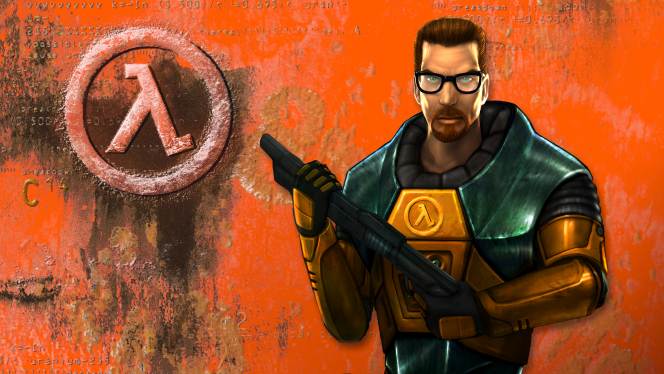
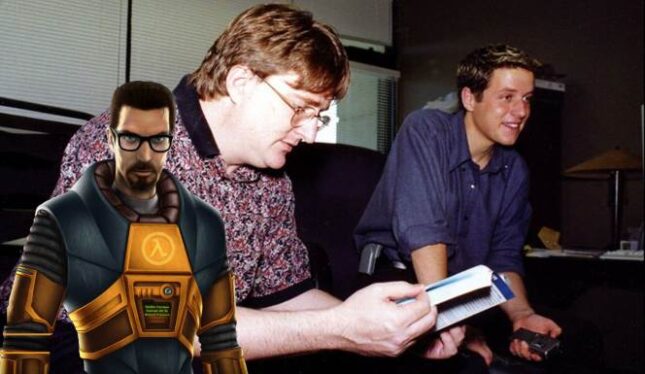
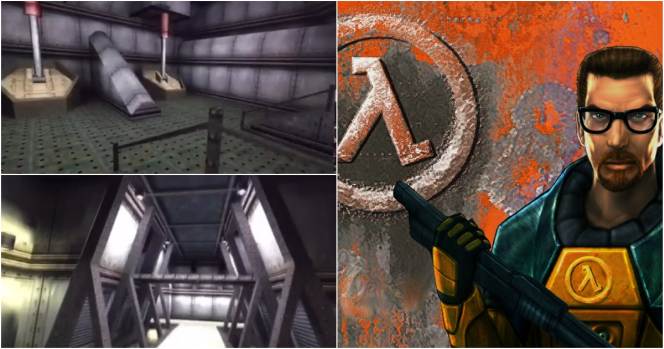
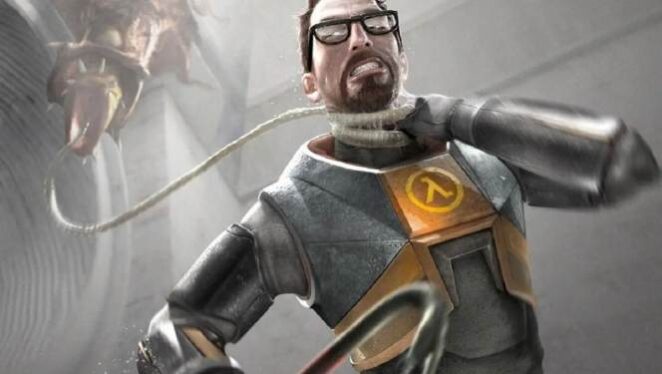
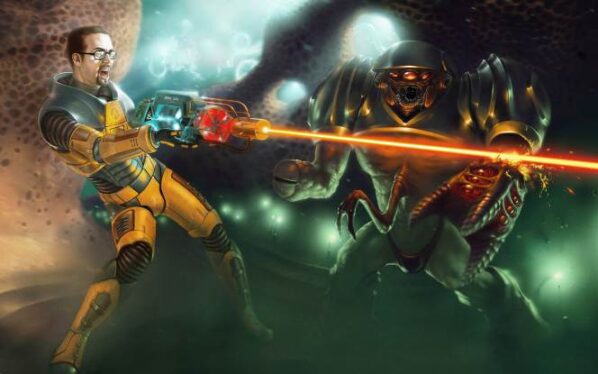
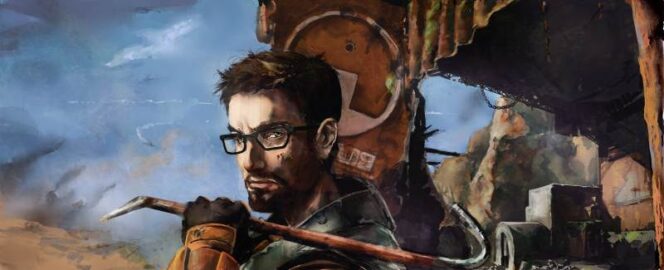

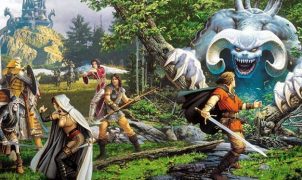




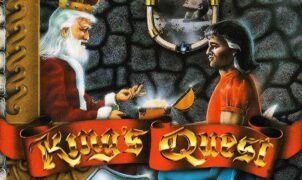
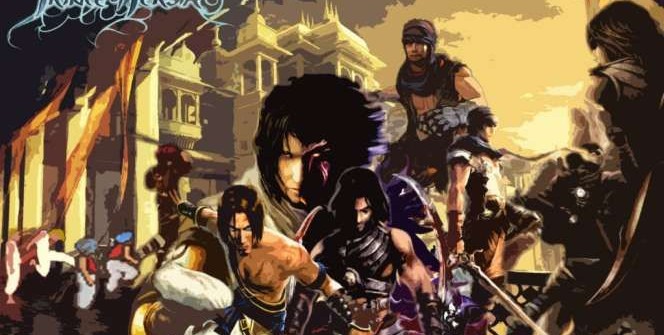






Leave a Reply